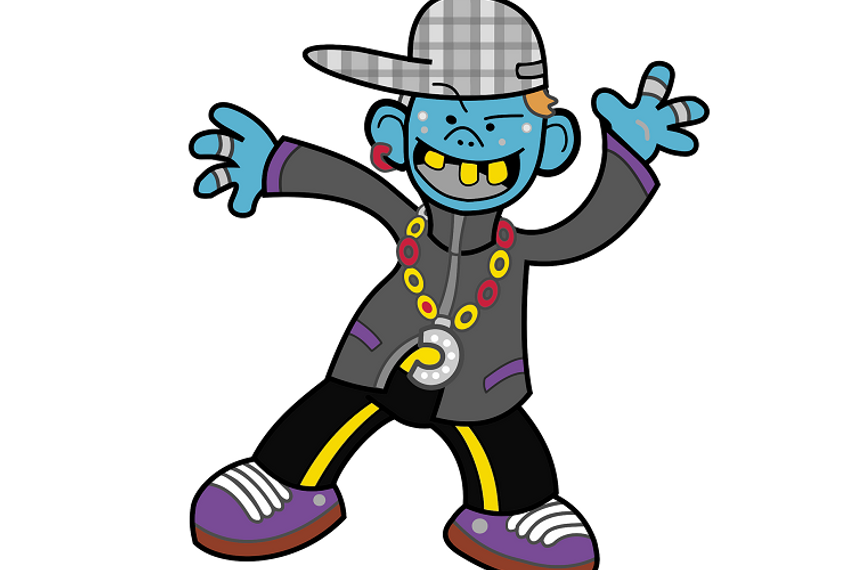
Please sign in or register
Existing users sign in here
Having trouble signing in?
Contact Customer Support at
[email protected]
or call+91 22 69489600
Something is rising in cyberspace – it’s big, it’s surprising and it’s ugly.

Contact Customer Support at
[email protected]
or call+91 22 69489600
Top news, insights and analysis every weekday
Sign up for Campaign Bulletins
This move comes as the fintech expands into equity broking and plans to introduce mutual funds and US stocks.
Amazon Ads’ research shows strong AI uptake among SMBs, yet many feel overwhelmed by the volume of tools available and uncertain about how to begin using them effectively.
Its #FreeStyleIt campaign adopts a cinematic, platform-led strategy to test whether stylised storytelling can convert youth attention into measurable action.
As part of Nothing’s executive team, he will oversee global brand, image, marketing, communications and store design